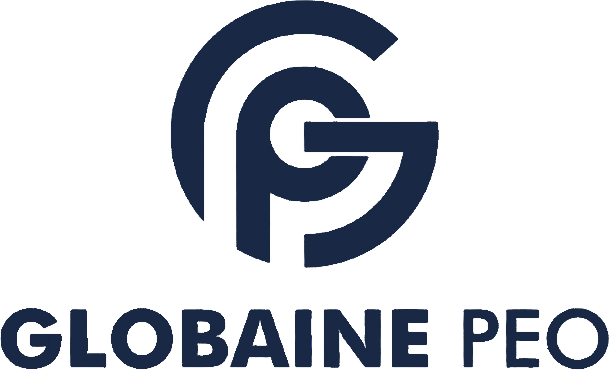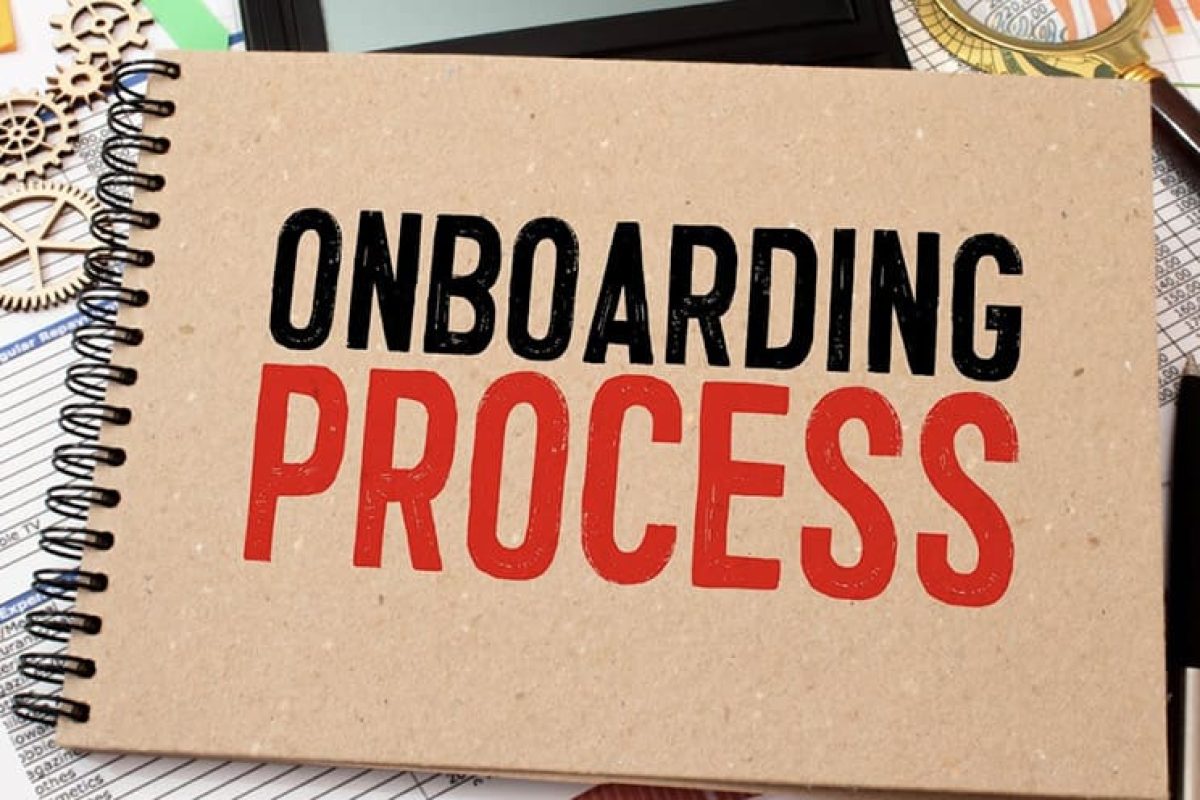Expanding your business into Italy requires careful attention to local labor laws, especially when it comes to employee onboarding. Ensuring that all the necessary documentation is in place will help streamline the process and avoid potential legal issues. Here’s a step-by-step guide to the key documents required for onboarding employees in Italy.
Onboarding Process: Step-by-Step Explanation
Step 1: Job Offer and Acceptance 📩
Trigger: After selecting the ideal candidate.
Action: Extend a formal job offer that includes:
- Job Title: Clearly define the employee’s position.
- Compensation: Provide a detailed salary or hourly rate, including bonuses or commissions if applicable.
- Start Date: Clearly specify the employee’s start date.
- Working Hours: Outline the expected working hours, including the regular schedule and overtime policies.
- Benefits Overview: Include an overview of benefits such as pension plans, health insurance, and other employee perks.
- Probation Period: Mention any probationary period (typically 3 to 6 months).
Outcome: Once the candidate accepts the offer, the onboarding process continues.
Step 2: Employment Contract 📝
When It’s Used: Immediately after the job offer is accepted.
Action: Prepare a formal written employment contract that adheres to Italian labor law, including:
- Job Description: Clearly outline the employee’s duties and responsibilities.
- Compensation Details: Provide the gross salary, overtime pay, bonus structures, and any other compensation details.
- Leave Entitlements:
- Annual Leave: Minimum of 4 weeks of paid leave per year for full-time employees.
- Public Holidays: List applicable public holidays (Italy has 12 national holidays).
- Sick Leave: Typically paid up to 50% for the first 3 days, with higher percentages for longer periods, depending on the collective bargaining agreements (CBAs).
- Parental Leave: Paid parental leave of up to 5 months.
- Working Hours: Standard working hours, which are usually 40 hours per week, and any overtime policies.
- Termination Conditions: Notice periods and conditions for termination (typically 30 days for employees with less than 5 years of service).
Outcome: Both parties sign the contract to formalize the employment relationship.
Step 3: Tax and Social Security Registration 💰
When It’s Used: Before the employee begins working.
Action: Register the employee for social security and tax purposes:
- Social Security Registration: Enroll employees in Italy’s national social security system (INPS) for pensions, health insurance, and unemployment benefits.
- Tax Registration: Ensure the employee is registered with the Italian Revenue Agency (Agenzia delle Entrate) for income tax purposes.
- Employer Contributions: Italian employers must contribute to social security programs, including pension, unemployment insurance, and health benefits.
Outcome: This ensures accurate payroll deductions and compliance with Italian tax laws.
Step 4: Health and Safety Induction 🦺
When It’s Used: On or before the employee’s first day.
Action: Conduct a mandatory health and safety induction, as required by Italian labor law:
- Health and Safety Regulations: Provide detailed information on workplace hazards, emergency procedures, and safety protocols.
- Safety Manual: Provide a written safety manual, especially for high-risk positions (e.g., construction or manufacturing).
- Personal Protective Equipment (PPE): Issue any necessary safety equipment.
Outcome: The employee acknowledges understanding of the safety procedures and is equipped with any required protective gear.
Step 5: Payroll and Benefits Enrollment 📊
When It’s Used: Within the first week.
Action: Set up the employee’s payroll and benefits enrollment:
- Bank Details: Collect the employee’s bank account information for salary deposits.
- Benefits Enrollment: Register the employee for health insurance, pension plans, and any additional benefits as part of the collective bargaining agreement (if applicable).
- Overtime Policy: Clearly communicate the overtime rate and any conditions under which overtime will be paid.
Outcome: The employee is properly enrolled to receive timely payments and benefits.
Step 6: Workplace Policies and Training 📚
When It’s Used: Within the first month.
Action: Provide onboarding training on workplace policies:
- Code of Conduct: Review company policies on ethics, behavior, and workplace etiquette.
- Training Programs: Offer any mandatory or role-specific training, including compliance with health and safety regulations.
- Performance Metrics: Set clear performance goals and expectations.
- Flexible Work Options: If applicable, discuss options for remote or flexible working arrangements.
Outcome: The employee is fully informed about the company’s rules, expectations, and work environment.
Step 7: Probation and Feedback Period 📅
When It’s Used: During the first 3 to 6 months (probation period).
Action: Regularly monitor and provide feedback on employee performance:
- Performance Reviews: Conduct formal reviews to assess the employee’s fit for the role during the probation period.
- Feedback and Adjustments: Offer constructive feedback and adjust the role if necessary based on performance.
- Confirmation of Employment: Confirm the employee’s permanent status at the end of the probation period or decide on further actions.
Outcome: The employee either passes the probation period and continues in the role or adjustments are made.
Summary Table of Key Onboarding Steps in Italy
| Step | Action/Details |
|---|---|
| Step 1: Job Offer & Acceptance | Job Title, Compensation, Start Date, Working Hours, Benefits, Probation Period |
| Step 2: Employment Contract | Job Description, Compensation, Leave (Annual, Sick), Public Holidays, Termination, Working Hours |
| Step 3: Tax & Social Security | Register for social insurance, Tax registration (Codice Fiscale), Employer contributions |
| Step 4: Health & Safety | Safety induction, Emergency procedures, Safety Manual, PPE |
| Step 5: Payroll & Benefits | Bank account, Benefits Enrollment, Overtime pay (if applicable) |
| Step 6: Policies & Training | Code of Conduct, Job-specific and Compliance Training, Performance Metrics, Flexible work options |
| Step 7: Probation & Feedback | Performance Reviews, Regular Feedback, Role Adjustments if needed |
How GlobainePEO Can Help with Onboarding in Italy🌐
GlobainePEO specializes in managing every aspect of employee onboarding in Italy, from drafting compliant employment contracts to handling tax and social security registrations. Partnering with GlobainePEO ensures a seamless onboarding process, allowing you to focus on growing your business with confidence.

